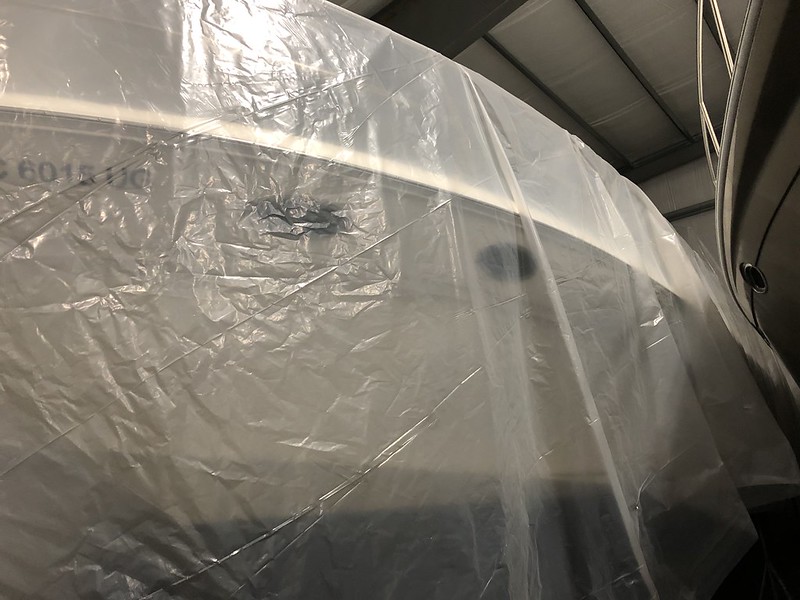- Apr 26, 2009
- 5,807
- Boat Info
- '97 330 Sundancer, Raymarine C80 suite with radar, Mercury 310 Hypalon w/8hp Yammie 2stk
- Engines
- 2X 454 carbs w/ vDrives
I have found that if you have a lot of oxidation to remove, the pads REALLY load up quickly. It is the gell coat oxidation that builds up on the pads.
I have a great million dollar+ invention for someone to make. My fee for the idea is just to get one for free once you build them. If you have ever seen a car manufacturing assembly line, some of the heavy tools are suspended from above by a cord that is weighted/tensioned to balance the tools weight. Then the operator can move around all day without holding the full weight of the tool. Invent such a thing for boaters to use to hold their polishers and you will have a financial winner!
I have a great million dollar+ invention for someone to make. My fee for the idea is just to get one for free once you build them. If you have ever seen a car manufacturing assembly line, some of the heavy tools are suspended from above by a cord that is weighted/tensioned to balance the tools weight. Then the operator can move around all day without holding the full weight of the tool. Invent such a thing for boaters to use to hold their polishers and you will have a financial winner!



